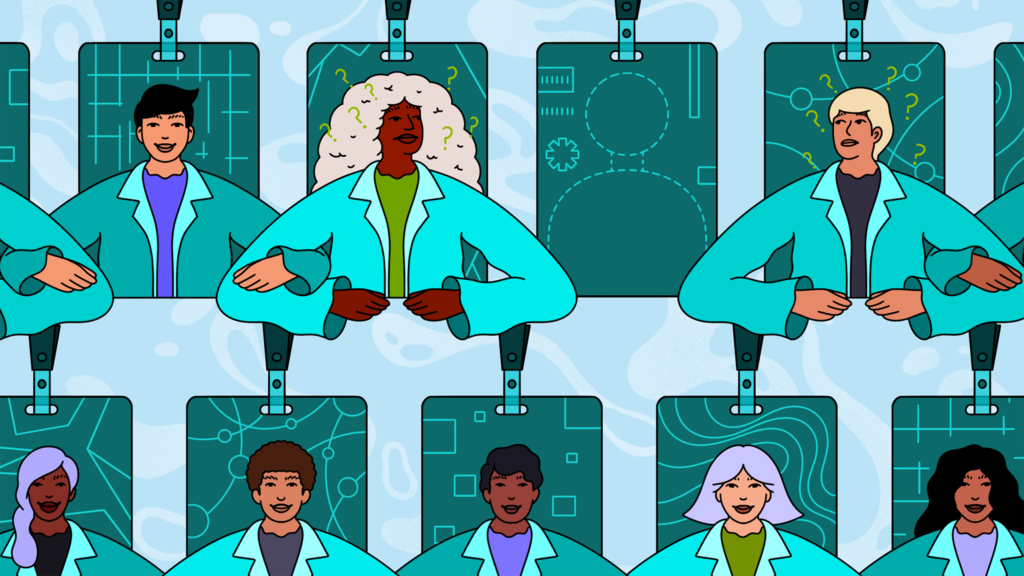Health
Surge in Telehealth: Doctors Now Licensed Across All States

The rise of telehealth has led to a significant increase in the number of doctors licensed to practice across all 50 states in the United States. Dr. Jonah Mink, a family medicine physician, exemplifies this trend. During the Covid-19 pandemic, he recognized the shift toward digital healthcare while working for a telehealth company. By the end of 2019, he held medical licenses in just four states. Over the next three years, he expanded this to include licenses in all 50 states and the District of Columbia, reflecting a broader transformation in the medical field.
A decade ago, having multiple state licenses was relatively uncommon. Typically, physicians would obtain licenses in bordering states to accommodate their practice needs. This was particularly true for specialists who sought to see patients virtually. The onset of the Covid-19 pandemic changed this landscape dramatically, as physicians and patients alike turned to online consultations to maintain healthcare access.
Rapid Growth in Multi-State Licensure
The number of physicians applying for multi-state licensure surged as telehealth became a necessity. According to data from the Federation of State Medical Boards, the number of licensed telehealth providers has grown exponentially. Prior to the pandemic, many doctors were hesitant to seek licenses in multiple states due to the administrative complexities involved. Now, the demand for telehealth services has prompted a reevaluation of these barriers.
Telehealth has not only expanded access to healthcare but has also introduced a new dimension to medical practice. Doctors can now reach patients in areas where healthcare resources are limited. The flexibility of practicing across state lines allows specialists to provide care to a wider patient base.
Dr. Mink’s experience highlights a significant shift in the medical profession. He began his residency at the University of Pennsylvania in 2016, and by 2022, he had become part of a growing trend among physicians. The COVID-19 pandemic acted as a catalyst, forcing many healthcare providers to adapt to a new reality where in-person visits were not always feasible.
Impact on Healthcare Delivery
The increase in telehealth capabilities has not only benefited patients but has also transformed the way physicians approach their practice. As doctors become more comfortable with virtual consultations, the potential for innovative healthcare delivery models expands. For instance, patients in rural areas can now access specialists without the need for extensive travel, thus improving overall health outcomes.
This rapid evolution in telehealth is supported by regulatory changes as well. Many states have relaxed licensing requirements to facilitate multi-state practice, recognizing the need for greater access to healthcare professionals. The pandemic has underscored the importance of adapting medical practice to meet contemporary challenges.
As the healthcare landscape continues to evolve, the increase in licensed physicians across all states signifies a promising development for telehealth. It empowers patients with greater access to healthcare while enabling doctors to expand their practices beyond regional limitations. The future of medicine appears increasingly digital, with telehealth poised to play a central role in how healthcare is delivered.
-

 Technology4 months ago
Technology4 months agoDiscover the Top 10 Calorie Counting Apps of 2025
-

 Health2 months ago
Health2 months agoBella Hadid Shares Health Update After Treatment for Lyme Disease
-

 Health3 months ago
Health3 months agoErin Bates Shares Recovery Update Following Sepsis Complications
-

 Technology3 weeks ago
Technology3 weeks agoDiscover 2025’s Top GPUs for Exceptional 4K Gaming Performance
-

 Technology4 months ago
Technology4 months agoDiscover How to Reverse Image Search Using ChatGPT Effortlessly
-

 Technology2 months ago
Technology2 months agoElectric Moto Influencer Surronster Arrested in Tijuana
-

 Technology4 months ago
Technology4 months agoMeta Initiates $60B AI Data Center Expansion, Starting in Ohio
-

 Technology4 months ago
Technology4 months agoRecovering a Suspended TikTok Account: A Step-by-Step Guide
-

 Health4 months ago
Health4 months agoTested: Rab Firewall Mountain Jacket Survives Harsh Conditions
-

 Lifestyle4 months ago
Lifestyle4 months agoBelton Family Reunites After Daughter Survives Hill Country Floods
-

 Technology3 months ago
Technology3 months agoUncovering the Top Five Most Challenging Motorcycles to Ride
-

 Technology4 weeks ago
Technology4 weeks agoDiscover the Best Wireless Earbuds for Every Lifestyle



















